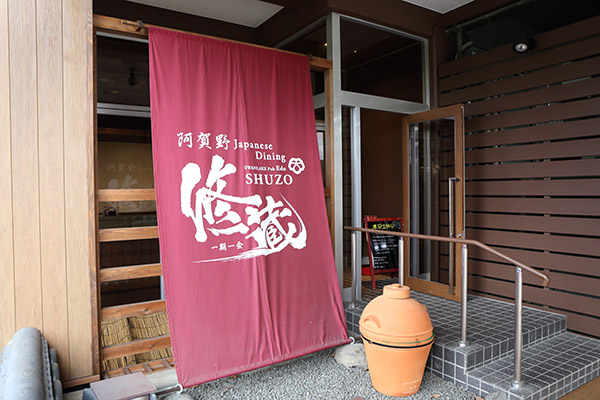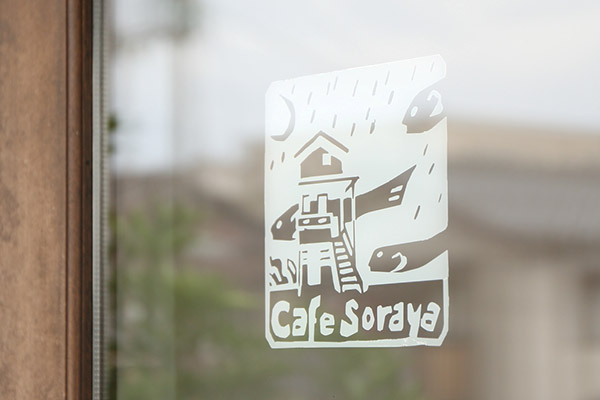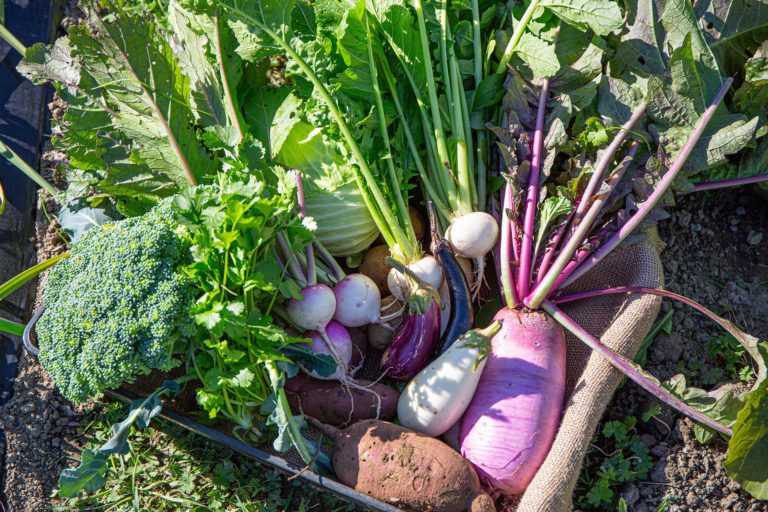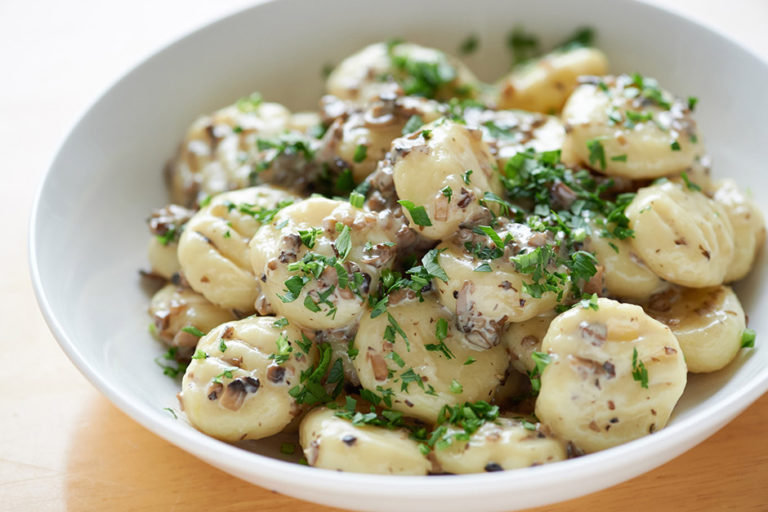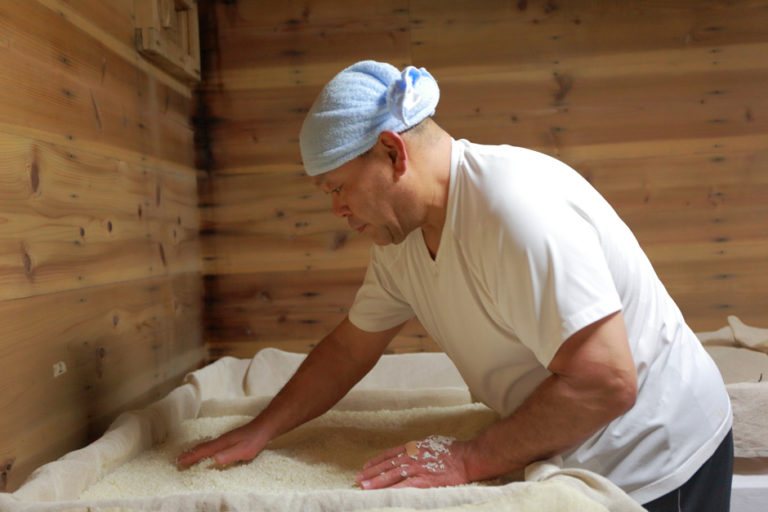Light-colored moons raised with locally grown rice
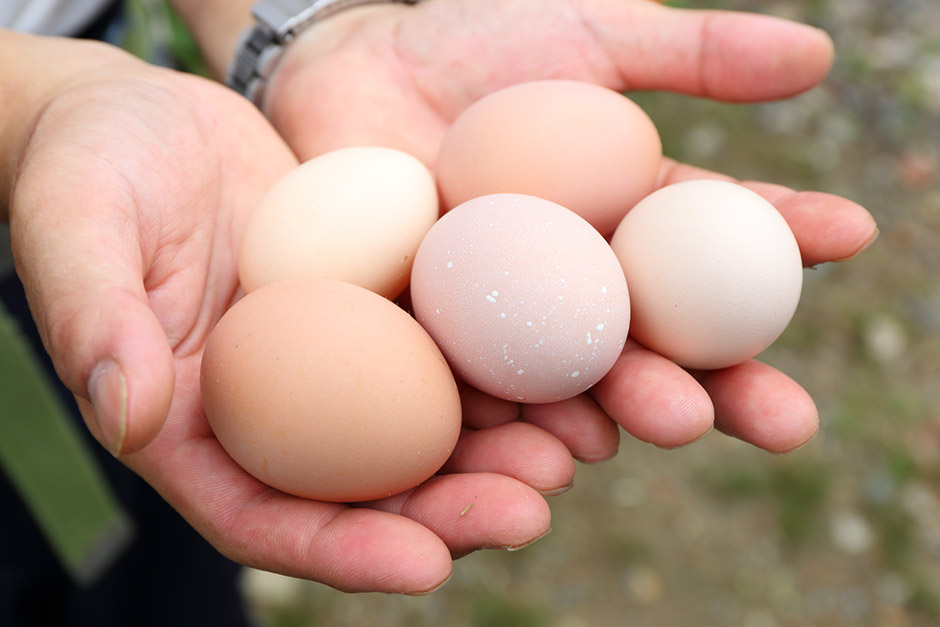
Who supports this unique egg culture in Japan? It is the producers who put in a lot of time and effort to create eggs that are safe enough to be eaten raw. This time we visited Hiyokoro Keien, a chicken farm in Niigata Prefecture whose focus is producing natural eggs.
Eggs raised in the natural environment at the foot of Mt. Gozu
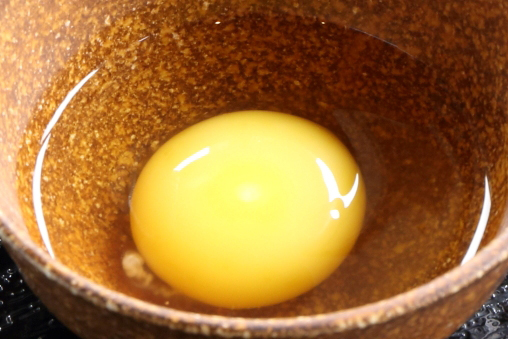
Hiyokoro Keien is located in the mountains in Agano, Niigata Prefecture.
In this land blessed with pure water flowing from the five mountains of Gozu mountain range and lush nature, many types of food ingredients are being grown—from livestock to vegetables—not to mention the famous Niigata rice.
Hiroyuki Kawauchi, the representative of Hiyokoro Keien, farms six types of free-range chickens.
Though Kawauchi is a chicken farmer himself, he actually cannot eat regular commercial eggs. He is allergic to artificial additives in regular chicken feed. This was why he thought about mixing his own, natural feed and farming eggs under an environment that is as close to nature as possible.
When we cracked open one of Hiyokoro Keien’s eggs, the difference from regular eggs was immediately apparent.
“You can see our egg yolks have a really light color. This is because the chicken is fed locally grown rice. Usually egg yolks get much more yellow because the feed contains corn. Some farmers even add colorings to make the yolks darker, but we do neither. We do not use any synthetic vitamins—the source of all of our chickens’ vitamins is only from grass. The taste of the eggs depends on variety, but the eggs of chickens raised on rice taste fresh and sweet with no unpleasant odor. We hear that people who are not so keen on eating eggs can eat our eggs,” says Kawauchi.
Not only does Kawauchi strongly care about his feed, he also cares about building a good environment, including the flooring of the farm. He allowed us to see chickens who were happily clucking.
Hand-made feed based on rice grown in Niigata
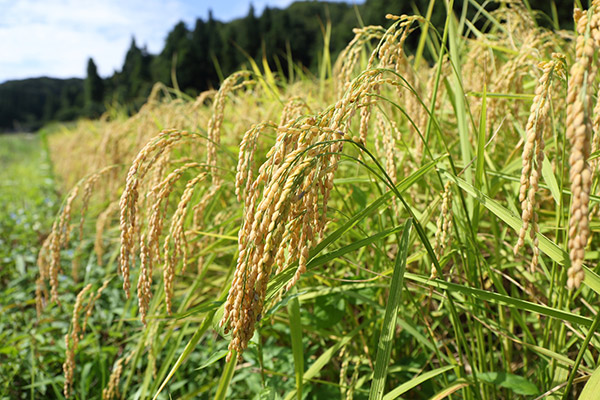
To create ideal eggs, it is essential to select feed carefully. Kawauchi blends locally grown rice with a unique ratio of soybeans, sesame seeds, powdered bonito flakes, oyster shells, hay, fossilized shells, saké lees and barley, and changes the ratio to match the variety of chickens, season, and the time of day.
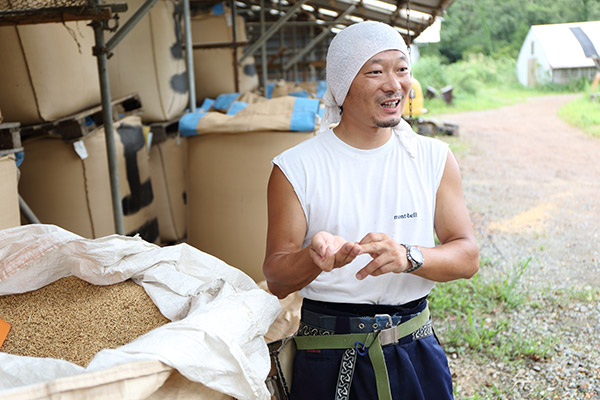
“I blend in yogurt in the morning, and cooked brown rice in the evening, so I blend feed twice a day for the morning and evening. I also add garlic and chili peppers in the summer to boost the chickens’ metabolism and in the winter to keep them warm, and I also add a concoction of Chinese herbs for chickens that look unwell. Each variety of chickens has different preferences of feed and quantities they eat, so I also adjust my feed to cater to these needs.”
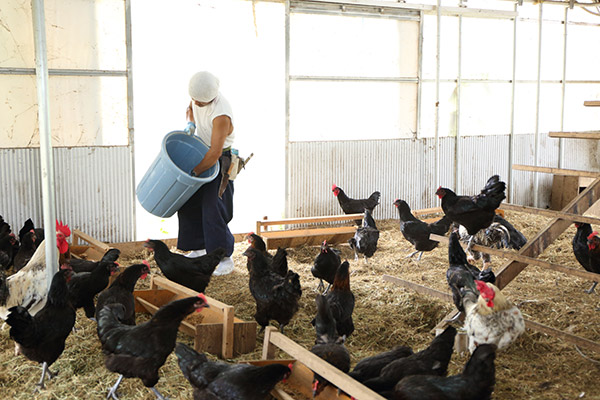
Most of these finely blended ingredients are grown locally. They are traceable, safe and do not incur shipping charges. The chickens are almost enviable that they can eat delicious Niigata rice every day.
There are also some tricks as to how the chickens are fed. Usually chicken farmers put the feed in feed boxes; however, Kawauchi also scatters the feed on the floor. Apparently, there is some secret in the floor.
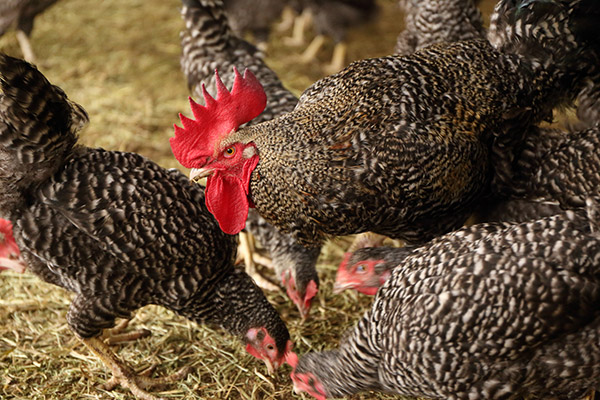
“The floor is covered by chicken droppings, straws and hay, but it does not smell bad at all, does it? The bacteria in hotbed break down the droppings. It is called manure-heated hotbed. By putting the feed on the floor, the chickens poke the soil with their beaks or scratch it with their feet, so the droppings and the flooring mix well and stimulate the bacteria to work well. If we put the feed in the boxes it will make the chickens fatter more efficiently and there will be less waste of feed, but we wanted to let them grow as naturally as possible.”
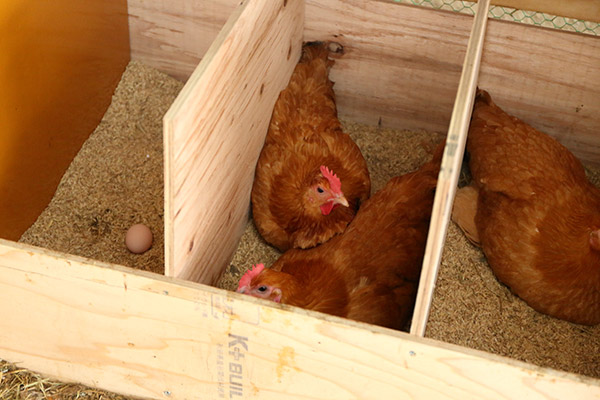
When we touched the flooring, it felt soft and slightly warm. Apparently it is very comfortable for the chickens. So much effort is being made to make the best environment for them.
The surrounding natural environment is also contributing to good egg farming. Hiyokoro Keien has a well with delicious ground water from Mt. Gozu that chickens drink every day. As eggs are mostly water, naturally the quality of water is vital. In addition, a wind called Dashi-no kaze blows down from the mountain at around 3 o’clock in the afternoon, keeping the temperature mild even in the summer, which prevents the chickens from getting overwhelmed by the summer heat.
From sukiyaki to cakes: Hiyokoro eggs are adored locally
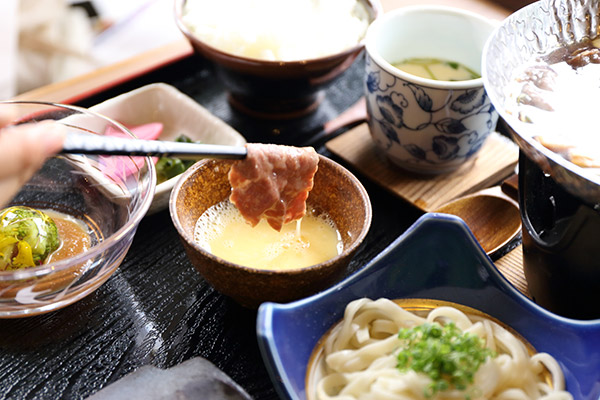
Different varieties of chickens produce different tastes in their eggs. Nagoya Cochin eggs taste light and fresh, perfect for making sweets.
Shamo eggs have large yolks with a rich taste, while Niigata Jidori eggs are creamy and sweet. Kawauchi is in the process of developing a set of five different free-range chicken egg varieties. It would be fun to enjoy them simply by putting them over a bowl of rice to compare tastes.
There are also restaurants in Niigata Prefecture that serve dishes with eggs from Hiyokoro Keien.
Agano Gozen, part of the lunch menu of restaurant Agano Japanese Dining Shuzo in Agano, is popular with plenty of local ingredients from the city.
The main part of the dish is sukiyaki hotpot with Aganohime beef, and is to be enjoyed with a Hiyokoro Keien egg. After all the meat in the hotpot is finished, you can further enjoy by putting the local rice noodle, called Hakucho Bijin, into the pot along with the egg.
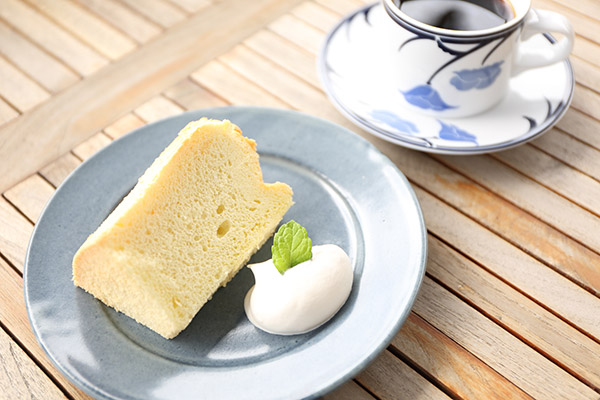
Café Soraya in Niigata City also serves a popular dessert “grab-it chiffon cake” made with Nagoya Cochin eggs from Hiyokoro Keien.
Café master Yamada says “I was looking for fertilized free-range eggs and bumped into Hiyokoro. Their eggs have a clear, fine taste and plump up cakes beautifully without any baking powder.”
The refreshingly sweet chiffon cake goes very well with Yamada’s select coffee. The dough is so soft, so it is best to grab it with your hand like its namesake.
Eggs are arranged in a variety of dishes and the strengths of eggs in cooking are displayed. The countless dishes that pass through our lips are actually the fruit of layers and layers of producers’ efforts, manifested as their great taste.
Eggs, like a full moon, ooze a strong presence. Each one of them is filled with the daily trials and errors and hard work of chicken farmers.

